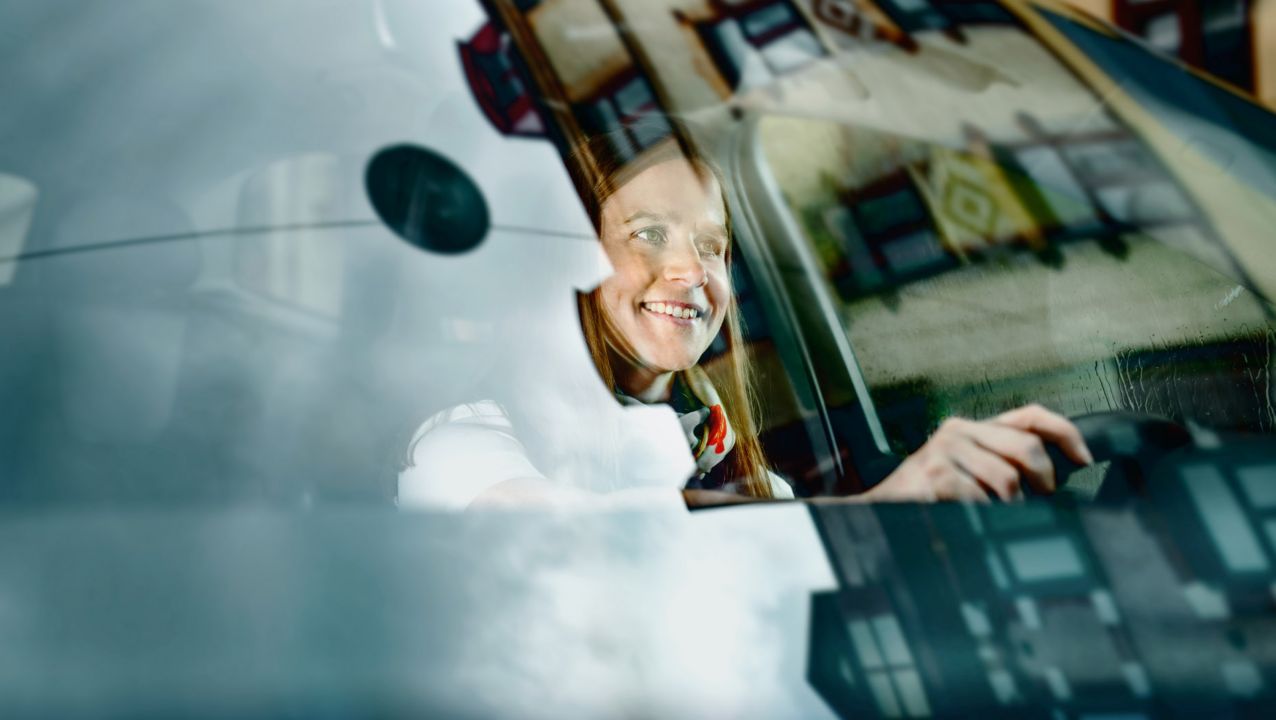Towards zero accidents with safety research
Understanding accidents is a key factor in learning how to avoid them. Since 1969, Volvo Trucks’ Accident Research Team has analysed accident statistics and investigated more than 1,700 truck accidents.
The insights this work provides are essential for us to be able to create even safer trucks. We share our findings with society so that all trucks can become safer. Together we can work towards the only acceptable number of fatal accidents: zero.
In-depth knowledge about the traffic environment is crucial for effective product development.
The work by Volvo Trucks Accident Research Team is ongoing and the information gained is used as a basis for the development of our products to become as safe as possible.
Six common accidents with heavy trucks
Every accident is different and has its own unique cause. Even so, when you deep dive into the statistics, several common factors emerge. These statistics form the basis for Volvo Trucks Research team's work. By studying accidents in a structured way and categorising them in terms of type, we can draw better conclusions and set the right future requirements. Here are six common truck accident types that involve three kinds of road users: truck drivers, car drivers (and passengers) and vulnerable road users (pedestrians and cyclists etc.).


